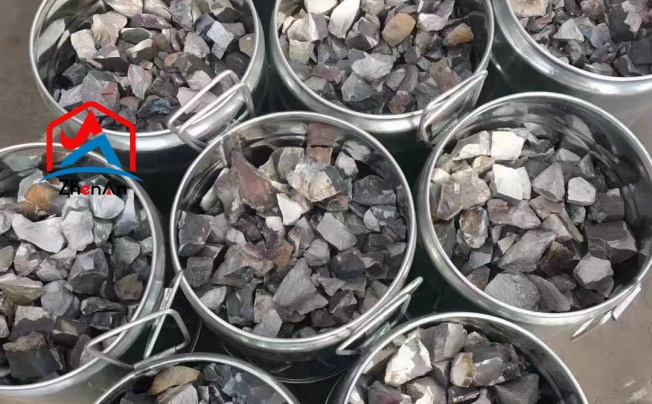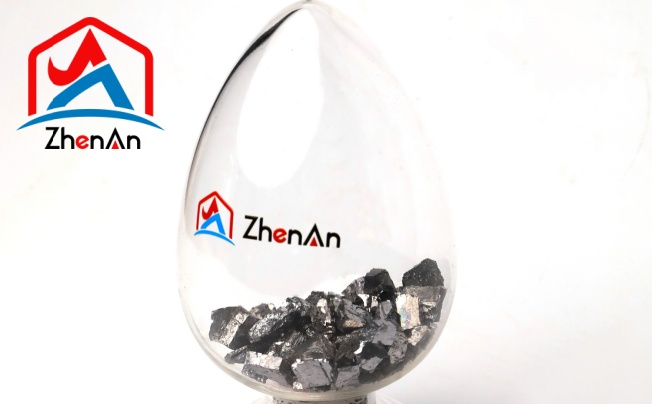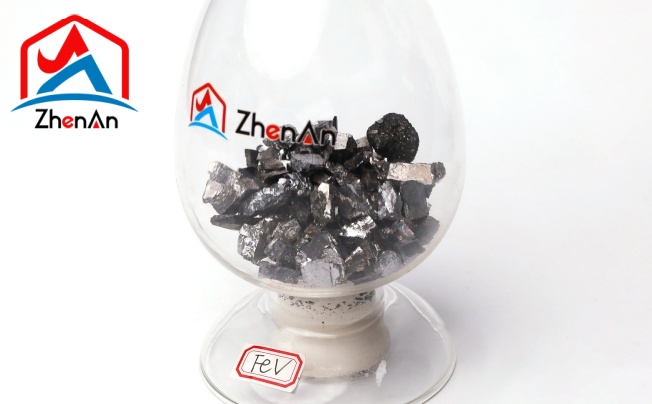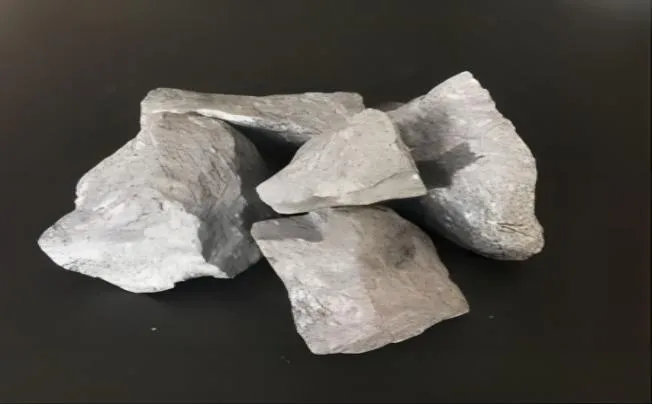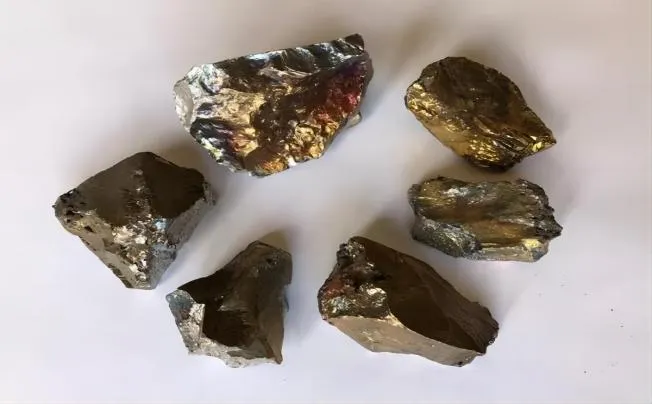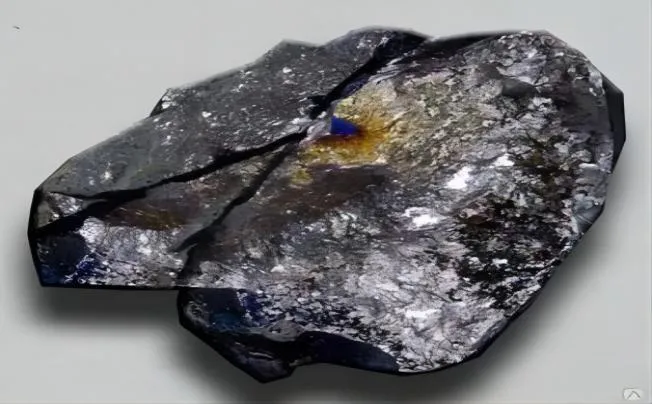What is Ferrotitanium ?
An alloy made of titanium and iron is called a ferroalloy, or ferro-titanium. It normally has an iron content of 10% to 20% and a titanium content of 45% to 75%. Occasionally, there is also a trace quantity of carbon.
The main application of ferro titanium is as a steel and iron cleaner in the steel industry. Because of its high reactivity with sulphur, carbon, oxygen, and nitrogen, the titanium in ferrotitanium forms insoluble compounds that are trapped in slag. Because of this, it can help steel become more pliable and improve its grain structure. In the steelmaking process, ferrotitanium can also be utilised for denitrogenation and desulfurization.
Iron is combined with titanium sponge and scrap during the ferrotitanium manufacturing process, and the mixture is melted in an induction furnace. Certain pyrotechnic compositions can also be powered by ferrotitanium powder.
Apart from its utilization in the steel industry, ferrotitanium has additional applications. Because of its great strength, low density, and superior corrosion resistance, it can be used in a variety of situations where these qualities are desired. Additionally, it can strengthen steel, improve its mechanical qualities, and strengthen its resistance to corrosion. In the steel industry, ferrotitanium is frequently utilised in stainless steel and tool steel.
What is Ferrotitanium 70?
One particular kind of ferrotitanium alloy is ferrotitanium 70. About 70% of its composition is titanium, with the remaining 30% mostly consisting of iron and occasionally a tiny bit of carbon.
The steel industry frequently uses ferro titanium 70 for a variety of purposes. It is added to steelmaking operations to enhance the material’s mechanical qualities. Ferrotitanium 70 can improve steel’s resistance to corrosion while also boosting its strength and hardness.
In order to create ferrotitanium 70, titanium sponge and scrap are combined with iron and melted in a high-frequency induction furnace. The resultant alloy is then added to the steelmaking processes.
All things considered, ferrotitanium 70 is a particular kind of ferroalloy that is used in the steel sector to improve the qualities of steel and comprises roughly 70% titanium.
What is the Composition of Ferrotitanium 70?
The composition of ferrotitanium 70 is as follows:
Titanium (Ti): 30%
Aluminum (Al): 6%
Silicon (Si): 3%
Carbon (C): 0.1%
Phosphorus (P): 0.1%
Sulfur (S): 0.06%
Iron (Fe): Balance
According to this composition, ferrotitanium 70 is mostly composed of iron, with the remaining percentage being composed of titanium, 6% aluminium, 3% silicon, 0.1% carbon, 0.1% phosphorus, and 0.06% sulphur.
What is Ferrotitanium 70 Used For?
Ferrotitanium 70 has several applications in various industries.
- Steel industry: Ferrotitanium 70 finds extensive application in the steel sector. It is incorporated into steel alloys to enhance their mechanical qualities, strength, and resistance to corrosion. In particular, auto-grade steel, stainless steel, and automotive tools and parts are produced using it.
- Welding applications: Sometimes, wires for submerged arc welding applications are made of ferro titanium 70.
- Metallurgical Applications: In metallurgical operations, ferro-titanium 70 is added to alloys to inject titanium. It can improve the characteristics of several alloys, such as ferrous alloys and cast iron.
- Scavenger and Degassing Agent: Ferrotitanium, which includes Ferrotitanium 70, can be employed in the fabrication of tool steel and stainless steel as a degassing and scavenger. It enhances the quality of the finished product by assisting in the removal of gases and impurities from the molten metal.
Manufacturing Process of Ferrotitanium 70
The creation of a ferroalloy with a particular iron and titanium content is a step in the Ferrotitanium 70 production process.
- Raw materials: Iron and concentrations containing titanium, such as rutile or ilmenite-bearing concentrates, are the primary raw materials utiliZed in the manufacturing of ilmenite 70.
- Combine ingredients: Equally, combine the raw elements in a predetermined ratio. This could entail combining additives, reducing agents, and ores or concentrates containing titanium.
- Reduction process: The combination is reduced, resulting in the chemical reduction of iron and titanium to ferrotitanium. High-temperature reactions are typically used in the reduction process, frequently in electric arc or induction furnaces.
- Refinement and purification: To get rid of contaminants and obtain the necessary ingredients, ferrotitanium is refined and purified following the reduction process. Processes like slagging, ladle refining, or other purification techniques might be used in this.
- Cooling and solidification: Depending on the intended use, the refined ferrotitanium is chilled and solidified into the desired shape, such as pellets, ingots, or other shapes.




